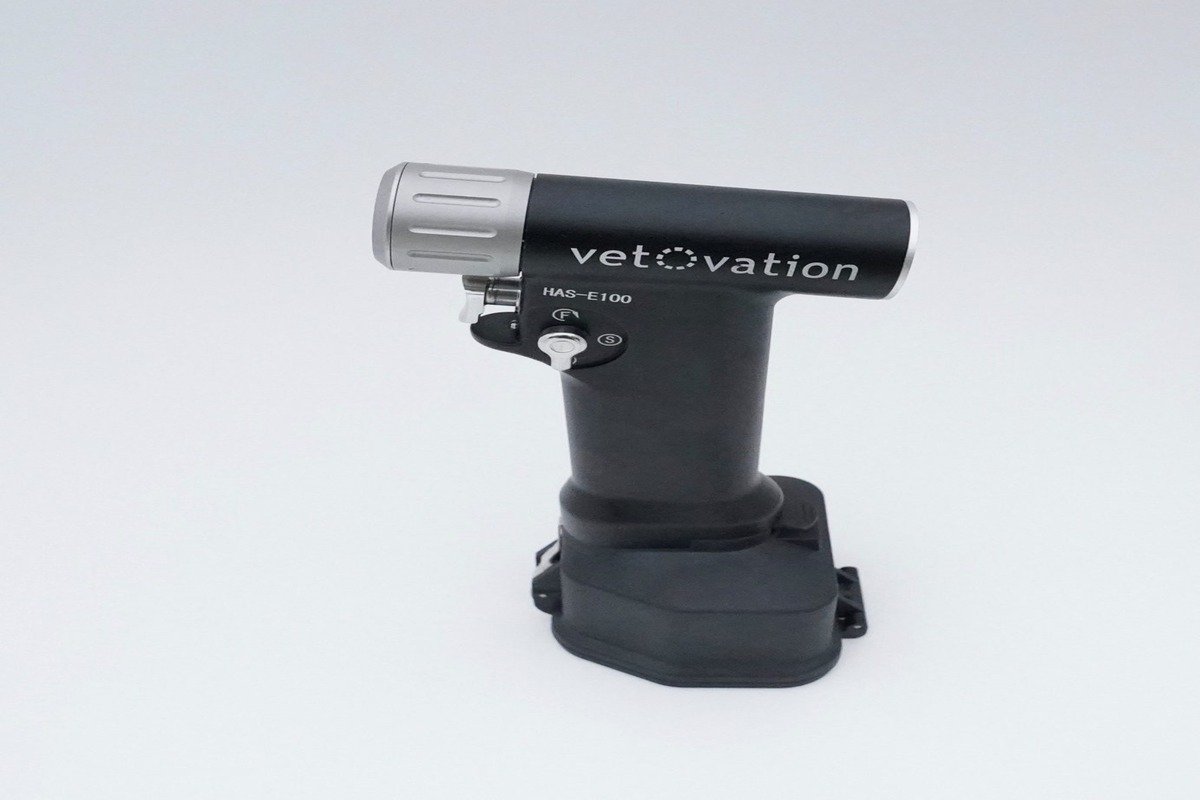Dealing with disc pain can be challenging, mainly when it affects your daily activities and overall quality of life. If you’re searching for the best disc pain treatment in Melbourne, you’re in the right place. With so many options available, choosing the proper treatment can be overwhelming. This guide will help you understand the causes of disc pain, treatment options, and how to find the best healthcare professionals in Melbourne to address your condition effectively.
Understanding Disc Pain
What Causes Disc Pain?
Disc pain, also known as intervertebral disc pain, is commonly caused by:
- Herniated or Bulging Discs: When the soft inner part of the disc protrudes through the outer layer, it can press on nearby nerves, causing pain and discomfort.
- Degenerative Disc Disease (DDD): Over time, the discs between the vertebrae lose their cushioning, leading to chronic pain.
- Sciatica: When a herniated or bulging disc compresses the sciatic nerve, it can cause sharp, shooting pain that radiates from the lower back down the leg. This condition, known as sciatica, may also lead to numbness, tingling, or muscle weakness.
- Spinal Stenosis: When the spinal canal narrows, it compresses the spinal cord and nerves, potentially causing pain, numbness, weakness, or mobility issues. This condition, known as spinal stenosis, can worsen over time without proper treatment.
- Poor Posture and Lifestyle Factors: Prolonged sitting, heavy lifting, and lack of exercise can contribute to disc-related problems.
Types of Disc Pain Treatment in Melbourne
Melbourne offers a wide range of treatments for disc pain, from non-invasive therapies to surgical interventions. Here’s an overview of the most effective options:
1. Physiotherapy
Physiotherapy is one of the most recommended treatments for disc pain. A trained physiotherapist can help with:
- Strengthening exercises to support your spine
- Postural correction
- Pain management techniques such as heat/cold therapy and ultrasound therapy
2. Chiropractic Care
Chiropractors use spinal adjustments to relieve disc pain by improving alignment and reducing nerve pressure. Benefits include:
- Immediate pain relief for some patients
- Improved spinal mobility
- Holistic, non-invasive approach
3. Osteopathy
Osteopaths use hands-on techniques to relieve pain and improve mobility. They focus on:
- Soft tissue manipulation
- Joint mobilization
- Personalized exercise programs
4. Pain Management Clinics
Pain management specialists offer advanced techniques such as
- Cortisone Injections: These help reduce inflammation and provide temporary pain relief.
- Radiofrequency ablation (RFA): A minimally invasive procedure that disrupts nerve pain signals.
- Medication Management: Prescription medications like muscle relaxants and anti-inflammatory drugs.
5. Acupuncture and Dry Needling
Traditional Chinese medicine and modern dry needling techniques are effective for:
- Reducing muscle tension
- Stimulating nerve function
- Improving blood circulation
6. Surgical Options
If non-invasive treatments don’t provide relief, surgery may be considered. Common surgical procedures include:
- Microdiscectomy: A minimally invasive procedure to remove herniated disc material.
- Spinal Fusion: Fusing two vertebrae to stabilize the spine.
- Artificial Disc Replacement: Replacing a damaged disc with an artificial one.
How to Choose the Right Disc Pain Treatment in Melbourne
With multiple treatment options available, selecting the right one requires careful consideration. Here are the key factors to help you make the best choice:
1. Assess the Severity of Your Condition
Mild to moderate disc pain can often be managed with physiotherapy, chiropractic care, or osteopathy. If you experience severe pain, numbness, or mobility issues, consult a specialist for advanced treatments. Ensure that the healthcare provider you choose is:
- Certified and Experienced: Check their credentials and years of experience in treating disc pain.
- Highly Rated: Look for online reviews and patient testimonials.
- Specializing in Your Condition: Some clinics specialize in disc-related issues and offer personalized treatment plans.
2. Consider a Multi-Disciplinary Approach
Many clinics in Melbourne provide integrated care, combining physiotherapy, chiropractic treatments, and pain management to address various musculoskeletal conditions. This holistic approach ensures personalized treatment plans that focus on relieving pain, improving mobility, and enhancing overall well-being, offering patients a comprehensive solution for long-term health and recovery.
3. Check Insurance and Cost Coverage
Before starting treatment, inquire about Medicare or private health insurance coverage to understand your benefits. Compare consultation fees and treatment costs across clinics to find the best option. Explore bulk billing or flexible payment plans to manage expenses effectively and affordably.
4. Evaluate the Location and Accessibility
Select a clinic that is easily accessible from your home or workplace to save time and effort. Ensure it offers flexible appointment schedules, including evening or weekend slots, so you can comfortably fit consultations and treatments into your daily routine.
5. Personal Comfort and Treatment Philosophy
Choose a healthcare provider who takes the time to understand your concerns, answers your questions patiently, and respects your treatment preferences. A supportive and communicative professional ensures a more personalized approach, making you feel comfortable and confident in your healthcare decisions.
Top Clinics for Disc Pain Treatment in Melbourne
To make your search easier, here are some reputable clinics that offer disc pain treatment in Melbourne :
- Melbourne Spine Clinic: Specializes in non-surgical spine treatments.
- Back to Health Chiropractic: Offers chiropractic and physiotherapy services.
- Melbourne Pain Group: Provides advanced pain management options.
- City Osteopathy Melbourne: Known for holistic osteopathic treatments.
Lifestyle Tips to Prevent Disc Pain
While professional treatment is essential, adopting healthy habits can prevent future disc issues:
- Maintain Good Posture: Avoid slouching and use ergonomic furniture.
- Exercise Regularly: Strengthen core muscles to support your spine.
- Stay Active: Avoid prolonged sitting and take breaks to stretch.
- Lift Properly: Use your legs, not your back, when lifting heavy objects.
- Maintain a Healthy Weight: Extra weight puts added strain on your spine.
Conclusion
Choosing the right disc pain treatment in Melbourne depends on your specific needs, the severity of pain, and personal preferences. Whether you opt for physiotherapy, chiropractic care, pain management, or surgery, seeking professional guidance is crucial. By understanding your options and making an informed decision, you can find relief and improve your quality of life.
If you’re experiencing persistent disc pain, don’t wait—schedule a consultation with a specialist today and take the first step toward recovery!















Leave a Reply